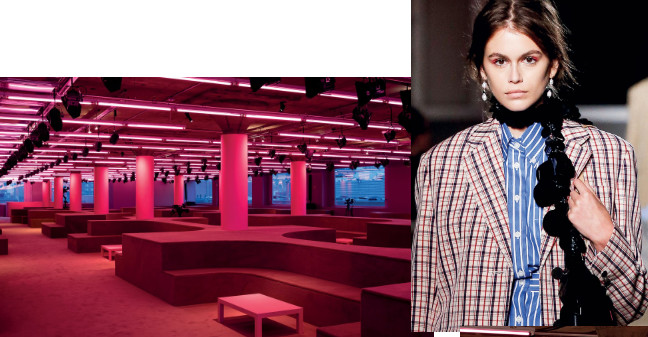A SEASON FOR EXTRAVAGANT TRAVEL.


A SEASON FOR EXTRAVAGANT TRAVEL. THE CRUISE COLLECTIONS TOOK OFF THE VENEER OF GLAMOUR FOR MEANINGFUL CONSIDERATE FASHION EVERYONE CAN WEAR BY CHANDREYEERAY.

CHANEL


DIOR



PRADA


LOUIS VUITTON


GUCCI

all your favourite magazines in one place


A SEASON FOR EXTRAVAGANT TRAVEL. THE CRUISE COLLECTIONS TOOK OFF THE VENEER OF GLAMOUR FOR MEANINGFUL CONSIDERATE FASHION EVERYONE CAN WEAR BY CHANDREYEERAY.

CHANEL


DIOR



PRADA


LOUIS VUITTON


GUCCI
